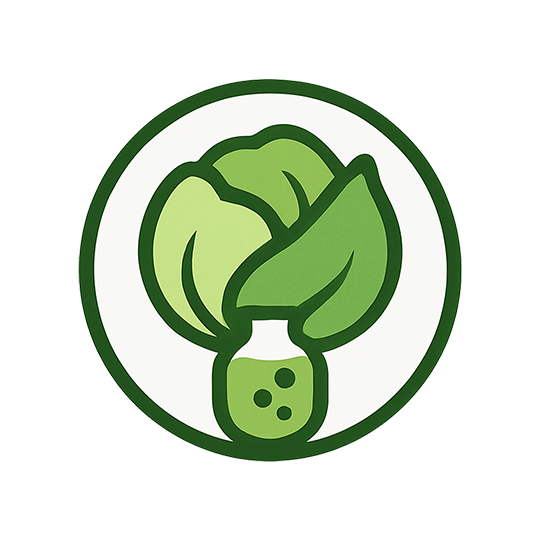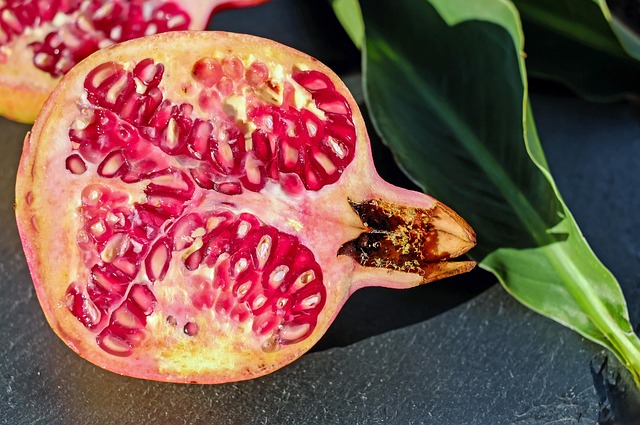
Fruit and Vegetables the Ultimate Lifestyle Choice for Health and Nutrition
Eating a varied and colorful array of fruit and vegetables is more than a dietary preference—it’s a lifestyle that nurtures the body, sharpens the mind, and supports overall well‑being. From the bright blush of a ripe tomato to the deep green of fresh spinach, each bite delivers a complex mix of vitamins, minerals, antioxidants, and fiber that modern nutrition science has linked to lower risk of chronic disease, improved digestion, and even better mood. Rather than a fleeting trend, incorporating fruit and vegetables into daily habits can become a sustainable practice that feels both delicious and grounding.
The Nutrient Powerhouse: What Fruit and Vegetables Offer
Fruit and vegetables are packed with nutrients that are often missing from processed foods. Vitamin C, a powerful antioxidant, is abundant in citrus and berries. Folate, essential for DNA synthesis, thrives in leafy greens. Potassium helps regulate blood pressure, and the phytonutrients—natural plant compounds—provide anti‑inflammatory effects that may protect against heart disease and cancer.
- Fiber: Supports gut health and stabilizes blood sugar.
- Antioxidants: Neutralize free radicals, reducing oxidative stress.
- Low energy density: Allows you to feel full while consuming fewer calories.
- Vitamins and minerals: From vitamin A in carrots to iron in spinach.
Health Benefits Backed by Research
Scientific studies consistently show that higher fruit and vegetable intake correlates with numerous health benefits. The evidence includes:
- Cardiovascular Health: A Mediterranean‑style diet rich in plant foods is associated with a 20% lower risk of heart disease.
- Weight Management: High fiber intake increases satiety and can help maintain a healthy weight.
- Reduced Cancer Risk: Certain compounds found in cruciferous vegetables may lower the risk of colorectal cancer.
- Better Mood: Studies suggest that diets rich in fruits and vegetables support mental health, possibly through their impact on inflammation and gut microbiota.
Integrating Fruit and Vegetables Into Everyday Life
Adopting a plant‑centric routine doesn’t require a radical overhaul. Simple, incremental steps can create lasting habits:
- Start the Day with Color: Replace one slice of toast with sliced avocado or add berries to your morning oatmeal.
- Snack Smart: Keep pre‑cut carrots, cucumber ribbons, or a handful of grapes in the fridge for quick access.
- Use Greens as a Base: Build salads, wraps, or smoothies around leafy greens before adding protein.
- Experiment with Seasoning: Fresh herbs, lemon zest, or a drizzle of olive oil can elevate the flavor profile of a simple vegetable dish.
Meal Planning Tips Without the Hassle
Planning meals around fruit and vegetables reduces decision fatigue and ensures you get the full spectrum of nutrients. Here’s a framework:
- Weekly Theme: Choose a theme each week—e.g., “Rainbow Tuesday” where you aim for five different colored foods in a single meal.
- Batch Cook: Roast a tray of mixed vegetables and store them for easy addition to pasta, rice bowls, or as a side.
- Seasonal Shopping: Seasonal produce is often more affordable, fresher, and has a stronger flavor.
- Smart Pairing: Combine vitamin C‑rich foods with iron‑rich plant sources to improve absorption.
The Mind‑Body Connection
Beyond the physical, fruit and vegetables play a role in mental well‑being. Antioxidants help reduce oxidative stress—a factor linked to depression and anxiety. The fiber in plant foods promotes a healthy gut microbiome, which emerging research suggests influences brain chemistry and mood regulation.
“What we eat can shape our mental health. A diet rich in fruits and vegetables offers not just nutrients, but also a buffer against stress and mental fatigue,” says Dr. Maria Lopez, a nutritionist specializing in mind‑body health.
Building a Habit That Lasts
Consistent change often stems from simple, enjoyable rituals. Consider these strategies:
- Daily Reflection: End each day by noting what new fruit or vegetable you tried.
- Social Sharing: Exchange recipes or snack ideas with friends or family to keep motivation high.
- Celebrate Small Wins: Treat yourself (without food) when you hit a new milestone, such as eating fruit with every breakfast for a week.
Practical Takeaway: A Sample One‑Week Plan
Below is a concise outline you can adapt to your preferences. It balances variety with simplicity.
- Monday: Overnight oats topped with sliced banana and chia seeds.
- Tuesday: Veggie‑laden omelet with spinach, tomatoes, and bell peppers.
- Wednesday: Mixed‑green salad with grilled chicken, avocado, and citrus dressing.
- Thursday: Stir‑fry of broccoli, carrots, and tofu served over brown rice.
- Friday: Fresh fruit platter—strawberries, kiwi, and orange segments—paired with Greek yogurt.
- Saturday: Whole‑grain wrap filled with roasted sweet potatoes, black beans, and salsa.
- Sunday: Light soup of pumpkin, carrots, and ginger, finished with a sprinkle of cilantro.
Feel free to swap meals or swap the order of days based on what feels right for you.
Conclusion: A Lifestyle, Not a Diet
Choosing fruit and vegetables as a core part of daily life is a simple yet powerful decision. It aligns with evidence‑based nutrition, offers tangible health benefits, and supports emotional resilience. By embedding small, enjoyable habits into everyday routines, you can transform this practice into a lasting, joyful lifestyle. The next time you reach for a snack or plan a meal, consider what vibrant color or fresh flavor can enhance your body’s needs and your mind’s balance.



